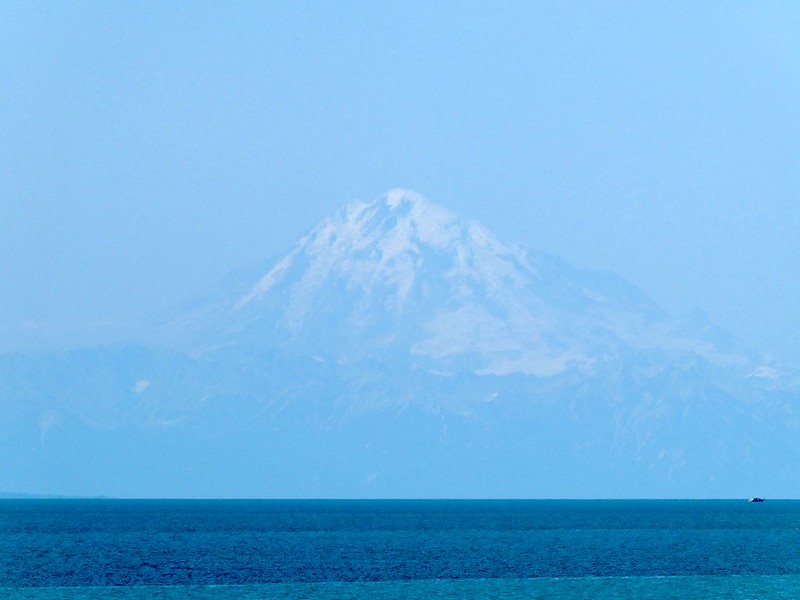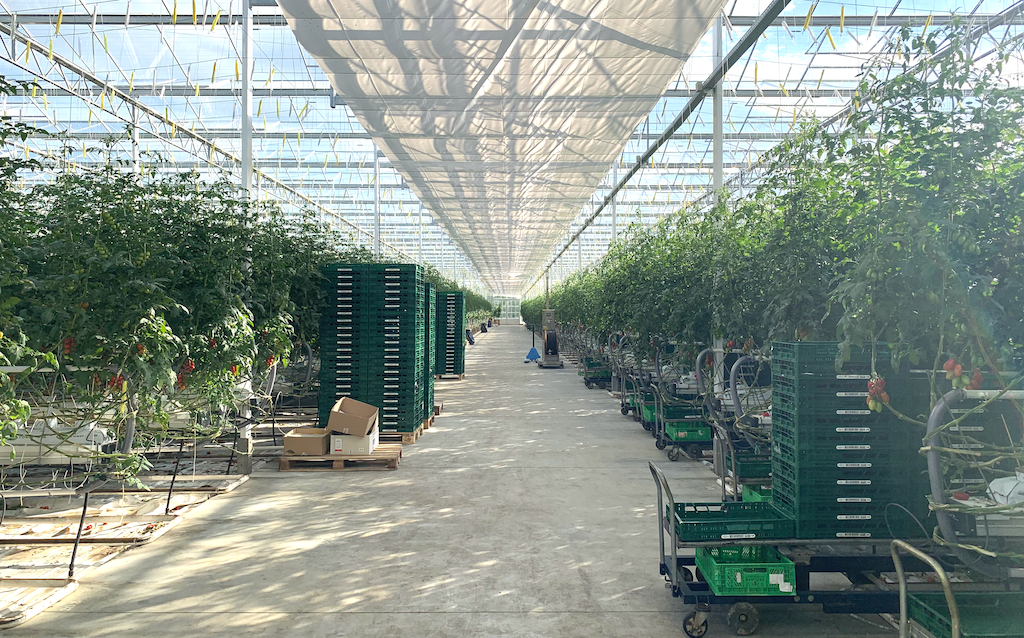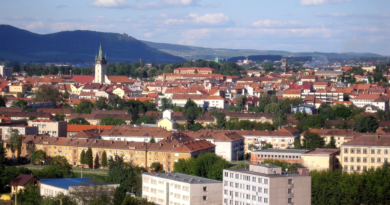Dutch greenhouse operator group signs LOI on geothermal heat supply
Energy Disrupter
Group of greenhouse entrepreneuers have signed a Letter of Intent to purchase geothermal heat from a daughter company of Shell in the Netherlands.
A group of 21 greenhouse horticultural entrepreneurs in the northern growing areas of Erica and Klazienaveen have signed a letter of intent to purchase heat from energy company Tulip Energy in the future.
Tullip Energy is a subsidiary of Shell. The company wants to prepare old NAM gas wells in the area for geothermal energy. Step 1 is a pilot project that examines to what extent the gas wells at a depth of 3 km are suitable for use for geothermal energy projects. In a later phase, the project also has the potential to heat homes with the heat from the geothermal project.
The possibility of geothermal heat extraction from the wells has been discussed for some time. In 2019, growers also sat around the table. The current energy crisis has revived the project, Nico Kuipers of Tullip Energy told RTV Drenthe at the end of last year .
The water gives off heat to a heat network that leads to homes or businesses. Cooled water goes down again a few kilometers further in another old NAM gas well to heat up again to 100 degrees, after which it can be brought back up in the other well.
Greenhouse Horticulture Netherlands is involved in the project in the person of Hans van den Berg, process manager Heat at Greenhouse Horticulture Netherlands. He is available to support the project. The basic principle here is that, in addition to Greenhouse Horticulture Netherlands and the Ministry of Agriculture, Nature and Food Quality, the region (Greenport or province) also supports this.
Hot water network
The heat can be used in horticulture and as hot water for houses. Tullip Energy estimates that as much as 12 megawatts of thermal heat can be permanently extracted from the water. That is good for heating 5,000 households or providing heat to around ten horticultural companies. It is estimated that the system can last 30 to 40 years. Possibly even longer.
The geothermal energy does not come from the old, empty gas field, which is deeper and has now been closed by the NAM. The warm water comes from rocks above. Drilling is not necessary for an existing NAM well. That saves millions of euros. An additional advantage is that there is still an old hot water network in the horticultural area near Klazienaveen, which Tullip would like to make suitable again for greenhouse horticulture companies.
To make the project possible, work is also being done in the area on the establishment of a regional Greenport (more about this in this article ). Both the province and the municipality of Emmen are being approached to cooperate, so that there appears to be sufficient support for an area-oriented approach. Regional administrators Inge de Vries and Cees Ruhé are involved in the establishment of the Greenport on behalf of Greenhouse Horticulture Netherlands.
“This initiative offers growers in the area good opportunities to shape the energy transition”, concludes Jos van Kester, relationship manager at Greenhouse Horticulture Netherlands, after a visit to the region on Friday 11 February. “Of course they now have to take advantage of those opportunities. For entrepreneurs elsewhere in the country, this can be a reason to choose Erica or Klazienaveen to expand their business. There is sufficient space and sufficient surface area available for greenhouse horticulture.”
Source: Glastuinbouw Nederland via Groenten Nieuws

















